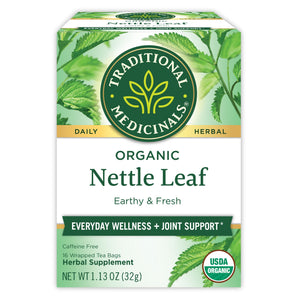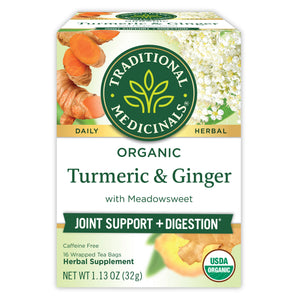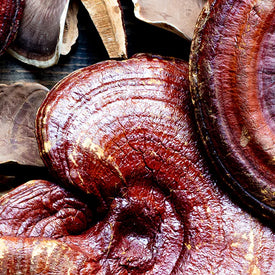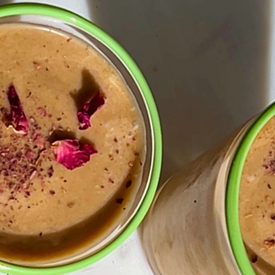While cannabis has received much acclaim recently, humankind has cultivated a deep relationship with this plant for over 10,000 years. Indigenous to Central Asia, it is one of the oldest known agricultural crops in history, and for good reason. From stalk to leaf to flower, nearly every part of this plant provided for our ancestors in some way. In fact, with qualities to support mental, physical and spiritual well-being, this hardy weed proved to be a vital companion for survival.
Commonly known as cannabis, this emerald green annual plant with its iconic palm-like or digitate leaf, is scientifically identified as Cannabis sativa L. It is a genus of the Cannabaceae family which includes only one species: sativa. While previously considered three unique species, DNA testing has confirmed varieties of cannabis such as sativa, indica and ruderalis are all expressions along a spectrum of this one species.
The Difference Between Cannabis, Hemp, and Marijuana
With a plant that has achieved such cultural recognition world-wide, it is no surprise it has acquired a litany of pseudonyms. Botanically speaking, these are all common names for the same plant, Cannabis sativa L. “Marijuana,” “hemp,” “cannabis,” and “ganja” are just a few of its most notable monikers.
While taxonomically the same plant, hemp and its psychoactive brethren such as marijuana are distinguished by cultural understanding, legal definition and chemical makeup. In the U.S., the level of Tetrahydrocannabinol (THC) is the legal defining line between hemp and marijuana.
Hemp, also known as industrial hemp, refers to varieties of Cannabis sativa L., that contain less than 0.3% of the phytocannabinoid known as THC. This means, by definition, hemp can’t get you high; it’s non-psychoactive. It does, however, contain high levels of non-intoxicating phytocannabinoids.
Phytocannabinoids are plant-derived cannabinoids, as opposed to endocannabinoids which are formed naturally in the human body and help us regulate critical functions, such as eating, sleeping, etc. Despite coming from plants, phytocannabinoids work in the same way in our body by activating cannabinoid receptors. The hemp plant contains over 40 different cannabinoids.
What’s commonly referred to as marijuana, on the other hand, also belongs to the Cannabis sativa L. species, but unlike hemp, “marijuana” has been bred to contain higher amounts of THC, which can have a psychoactive effect. Those are the products that are sold in dispensaries in some states.

Traditional Medicinals Hemp+Herb Teas
After great care and effort, we are proud to introduce hemp into our apothecary of herbal medicines! The summer of 2020 marks the launch of our new line of Hemp+Herb herbal teas. This new line features the medicinal herbal quality you have come to know and trust from us, with the added benefits of hemp. Each of our three new therapeutic teas are formulated by our team of herbal experts to support joint health, mental focus or stress relief.* Learn more about them and the proprietary process we developed to make the benefits of hemp now available in tea!















